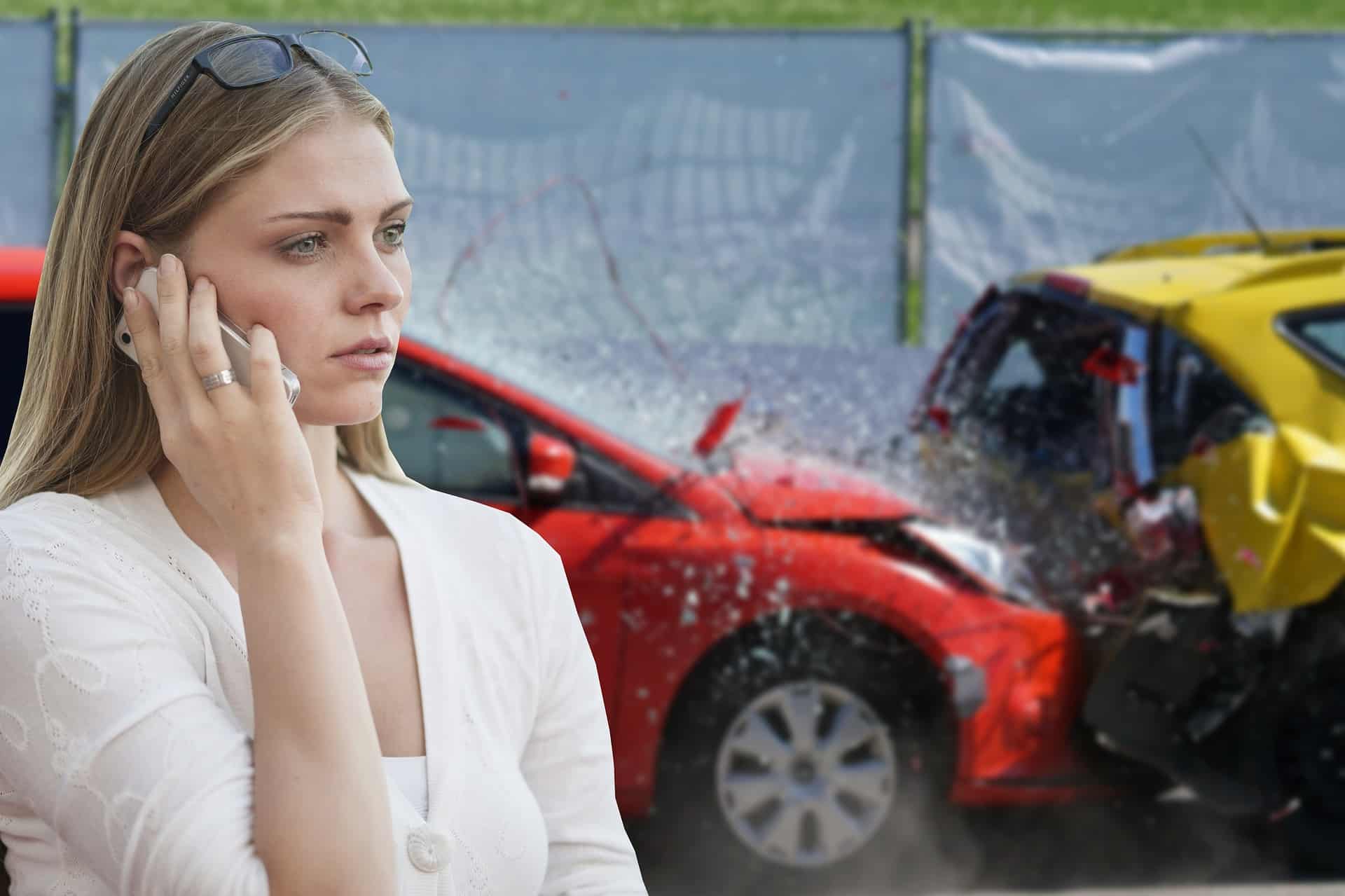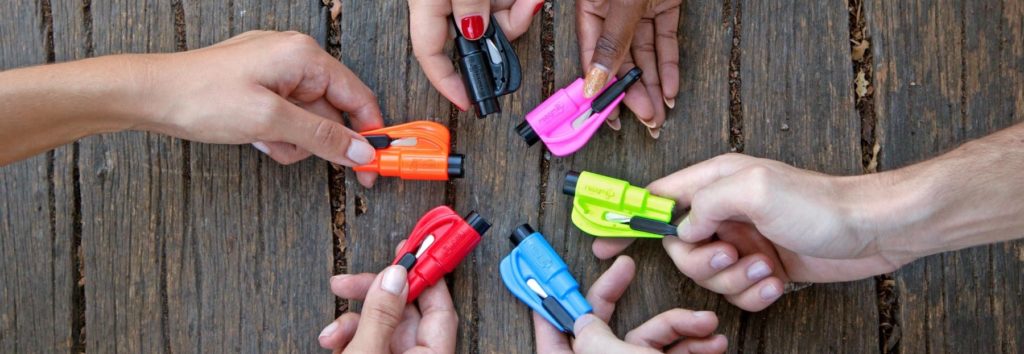Car accidents are a frightening and unexpected event that can happen to anyone, regardless of how cautious a driver you are. In such a stressful situation, knowing what to do can make a significant difference in ensuring your safety and the safety of your passengers. This blog post will walk you through the steps to take immediately after a car accident.
Prioritize Safety First
The safety of all individuals involved in the accident should be your top priority. Here’s what you should do:
- Check for injuries: assess yourself and your passengers. If anyone is hurt, call 911 immediately. Do not attempt to move injured individuals unless it is unsafe to leave them in the vehicle. Moving a hurt person, especially if they have a head or spine injury can significantly elevate the risk of increasing the trauma.
- Turn off the engine: If your vehicle is still running and safe to do so, put your car in park, turn off the engine, and apply the e-brake, to prevent any potential fire hazard.
Move to a safe location: If the accident is minor and your car is obstructing traffic, move it to the side of the road, if possible. Turn on your hazard lights to signal other drivers. - Call the police
- Whether the accident is minor or severe, it’s essential to report it to the police. In many places, it’s a legal requirement to report any accident involving injuries or significant property damage. When speaking with the dispatcher or police officer, provide accurate information about the accident’s location and any injuries.
Exchange Information
After ensuring everyone’s safety and contacting the authorities, exchange information with the other driver(s) involved. This information should include:
- Names and contact information
- Insurance details (company and policy numbers)
- License plate numbers
- Vehicle make and model
- If anyone witnessed the accident, collect their name and contact information
Document the Scene
Documenting the accident scene can be crucial for insurance claims and legal proceedings. Use your phone or a camera to take photos of:
- Damage to all vehicles involved
- Skid marks and/or road conditions
- Traffic signs and signals
- Any other pertinent details
Child Passengers and Car Seats
If you have a child in a car seat during an accident, take these additional steps:
- Check on your child first: Ensure your child’s safety by checking for injuries and providing comfort. It’s essential to remain calm to minimize your child’s distress.
- Seek medical attention for your child: Even if your child appears unharmed, it’s wise to have them evaluated by a healthcare professional to rule out any hidden injuries.
- If the accident is severe it is best to keep your child in the car seat to help prevent further injury. The car seat can act as a brace to keep the child stable until first responders arrive.
While the laws vary from state to state many states require you to replace a car seat after a moderate to severe accident. According to California Vehicle Code 11580.011 it is your insurance agency’s duty to reimburse the costs of the seat if it is damaged in an accident. Check your local and state laws when it comes to replacing a child’s car seat.
Passenger Considerations
Check on Their Safety: As with your child, ensure the well-being of your adult passengers. Encourage them to seek medical attention if necessary.
Provide Support: If your passengers are shaken up or injured, offer support and comfort while waiting for the authorities to arrive.
Conclusion
Being involved in a car accident is a traumatic experience, but knowing what to do can help you navigate the situation more effectively. Always prioritize safety, call the police, exchange information, and document the scene. If you have a child in a car seat or other passengers, ensuring their safety and well-being is a top priority. Remember that reporting the accident to your insurance company promptly is essential and in many states required by law, no matter how minor the accident.


